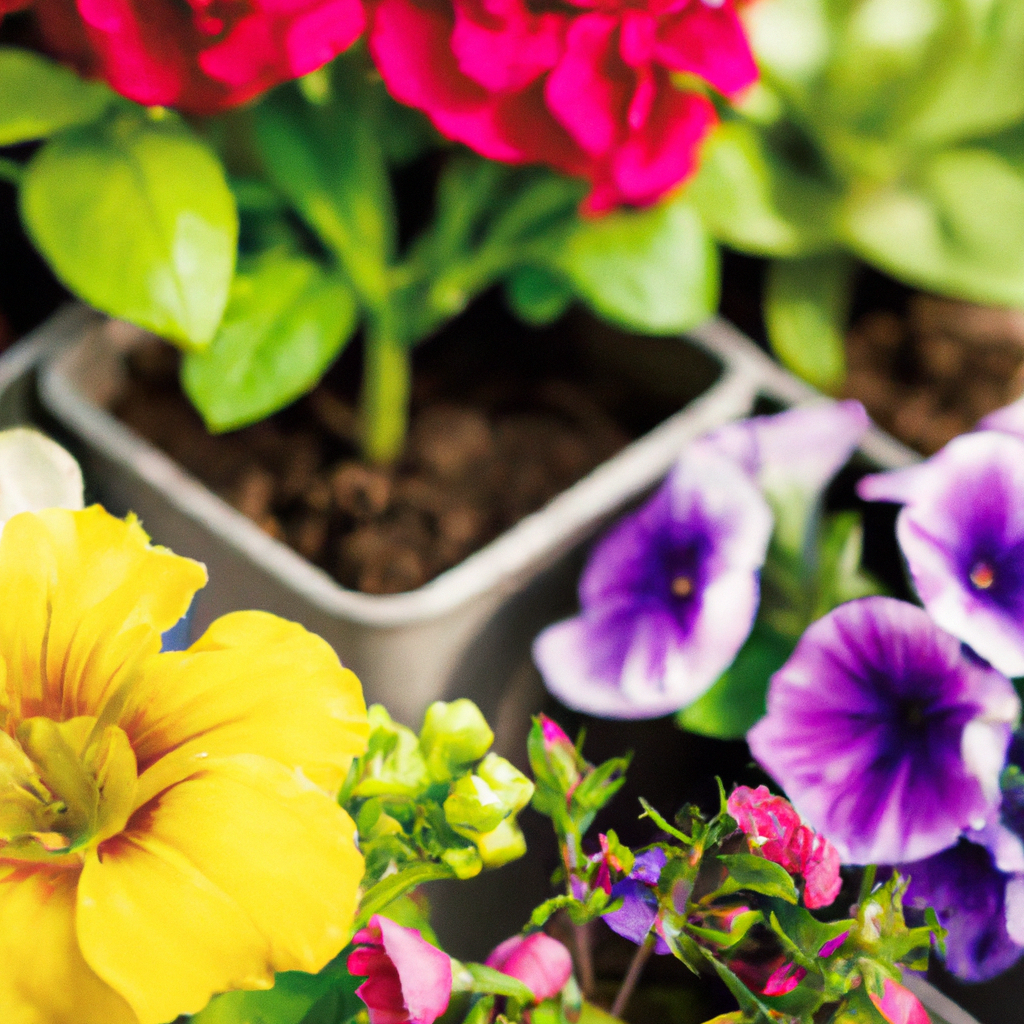
Calgary may be known for its harsh winters, but that doesn’t mean you can’t enjoy the beauty and benefits of a flourishing garden. With container gardening, you can create a stunning oasis right in the heart of the city. Whether you have a sprawling backyard or a cozy balcony, this article will guide you through the essentials of container gardening in Calgary. From choosing the right plants to overcoming the unique challenges of the local climate, you’ll discover how to create a thriving garden that will impress even the most seasoned green thumbs. Get ready to unleash your inner gardener and bring life to your outdoor space with container gardening in Calgary.
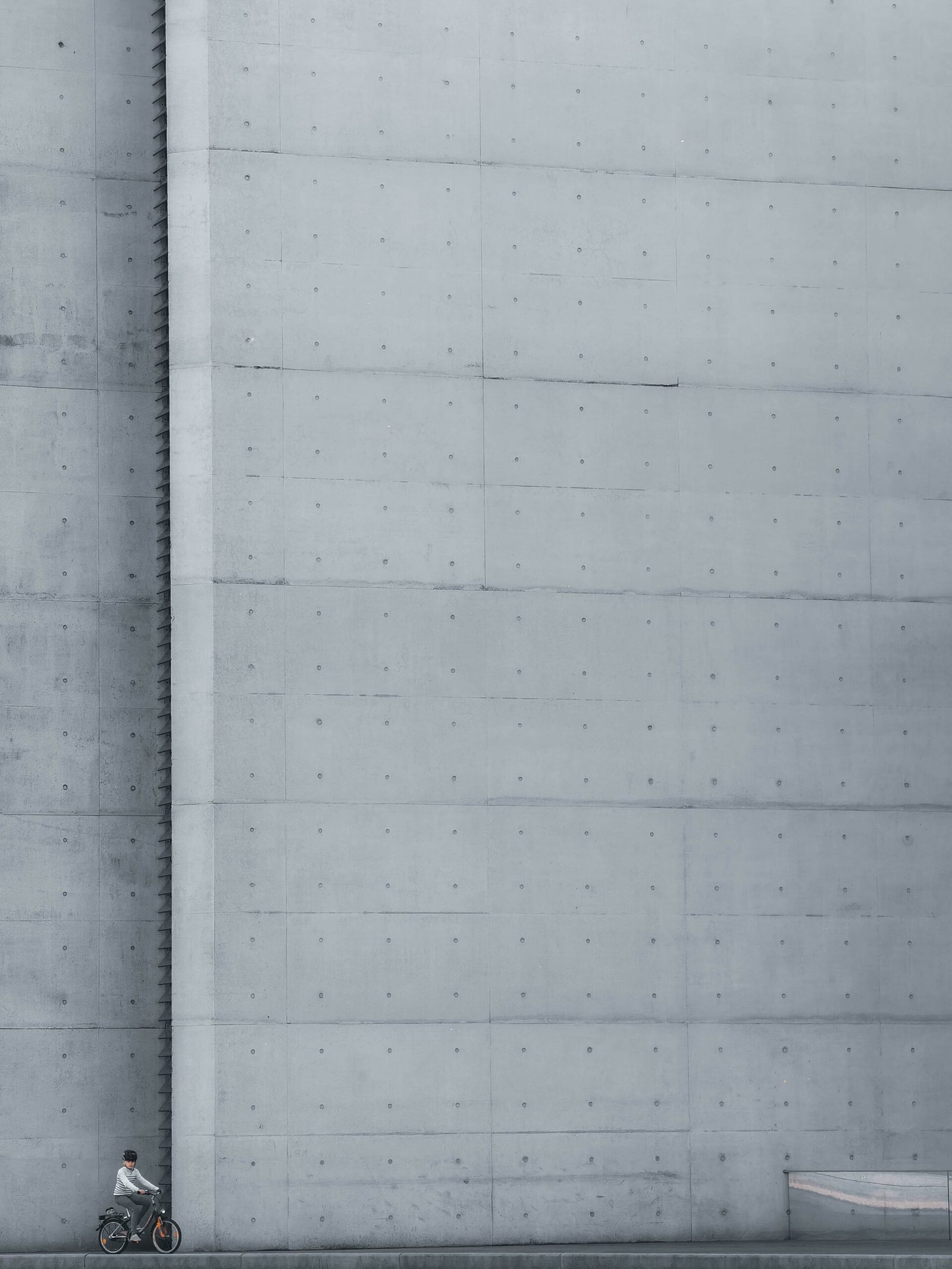
Choosing Containers
Container gardening in Calgary is a great way to bring greenery and beauty to limited outdoor spaces. When choosing containers, there are a few factors to consider. First and foremost, you need to think about the size of the container. The size should be appropriate for the plants you want to grow and should provide enough space for the roots to spread out. It’s important to remember that larger containers tend to hold more soil and require less frequent watering.
Next, you need to select the right material for your containers. The most common materials for containers are plastic, ceramic, and clay. Plastic containers are lightweight and easy to move, but they may not be as aesthetically pleasing. Ceramic containers are more durable and can withstand extreme temperatures, but they can be heavy and prone to cracking. Clay containers are porous and allow excess moisture to evaporate, but they can be fragile and require more frequent watering. Consider the climate in Calgary and choose containers that will be suitable for the weather conditions.
Lastly, proper drainage is essential for container gardening. Ensure that your chosen containers have drainage holes at the bottom to allow excess water to escape. Good drainage prevents waterlogged soil and the development of root rot. If your containers don’t have drainage holes, you can create them by drilling or punching holes in the bottom.
Selecting Plants
Choosing the right plants for your container garden is crucial for success. Before selecting plants, evaluate the lighting conditions of your chosen gardening location. Different plants have varying light requirements, and it’s important to match them with the available sunlight. Consider whether your garden will receive full sun, partial sun, or shade throughout the day.
Additionally, Calgary experiences a unique climate with cold winters and short growing seasons. Therefore, it’s important to choose plants that are adaptable to this climate. Look for plants that are labeled as cold-hardy and can tolerate Calgary’s weather conditions.
Furthermore, choose the right plant varieties for your container garden. Consider the mature size of the plants and ensure they will fit comfortably in the chosen containers. Avoid selecting plants that are too big or too invasive for the space available. Look for varieties that are suitable for container gardening and have been bred to thrive in confined spaces.
Preparing the Soil
Proper soil preparation is essential for the health and growth of your container plants. Start by testing the quality of your soil. This will help you determine its pH level and nutrient content. Soil testing kits are readily available and can provide valuable information about the composition of your soil.
Once you have identified any deficiencies or imbalances in your soil, it’s time to amend it. Add organic matter such as compost, peat moss, or well-rotted manure to improve the soil’s structure and fertility. Organic matter also helps with water retention, ensuring that your plants receive adequate moisture.
In addition to organic matter, consider adding nutrients to your soil. This can be done through the use of granular or water-soluble fertilizers. Follow the recommended application guidelines to provide your plants with the necessary nutrients for healthy growth.
Planting Techniques
Proper planting techniques are crucial for the successful establishment of your container garden. Consider the spacing and arrangement of your plants to ensure they have enough room to grow. Overcrowding can lead to competition for resources and a decline in overall plant health. Follow the recommended spacing guidelines for each plant variety.
Transplanting seedlings is a common practice in container gardening. Start seeds indoors and then gently transplant the seedlings into your containers once they have developed a few sets of leaves. When transplanting, handle the seedlings carefully to avoid damaging their delicate roots.
Direct seeding is another planting technique that can be used in containers. Some plants, such as lettuce and radishes, can be directly sown into the containers without the need for transplanting. Follow the seed packet instructions for proper depth and spacing.
Succession planting is the practice of planting new crops as you harvest existing ones. This can help maximize the use of limited space and ensure a continuous supply of fresh produce throughout the growing season. Plan your succession planting based on the recommended planting dates for each crop.
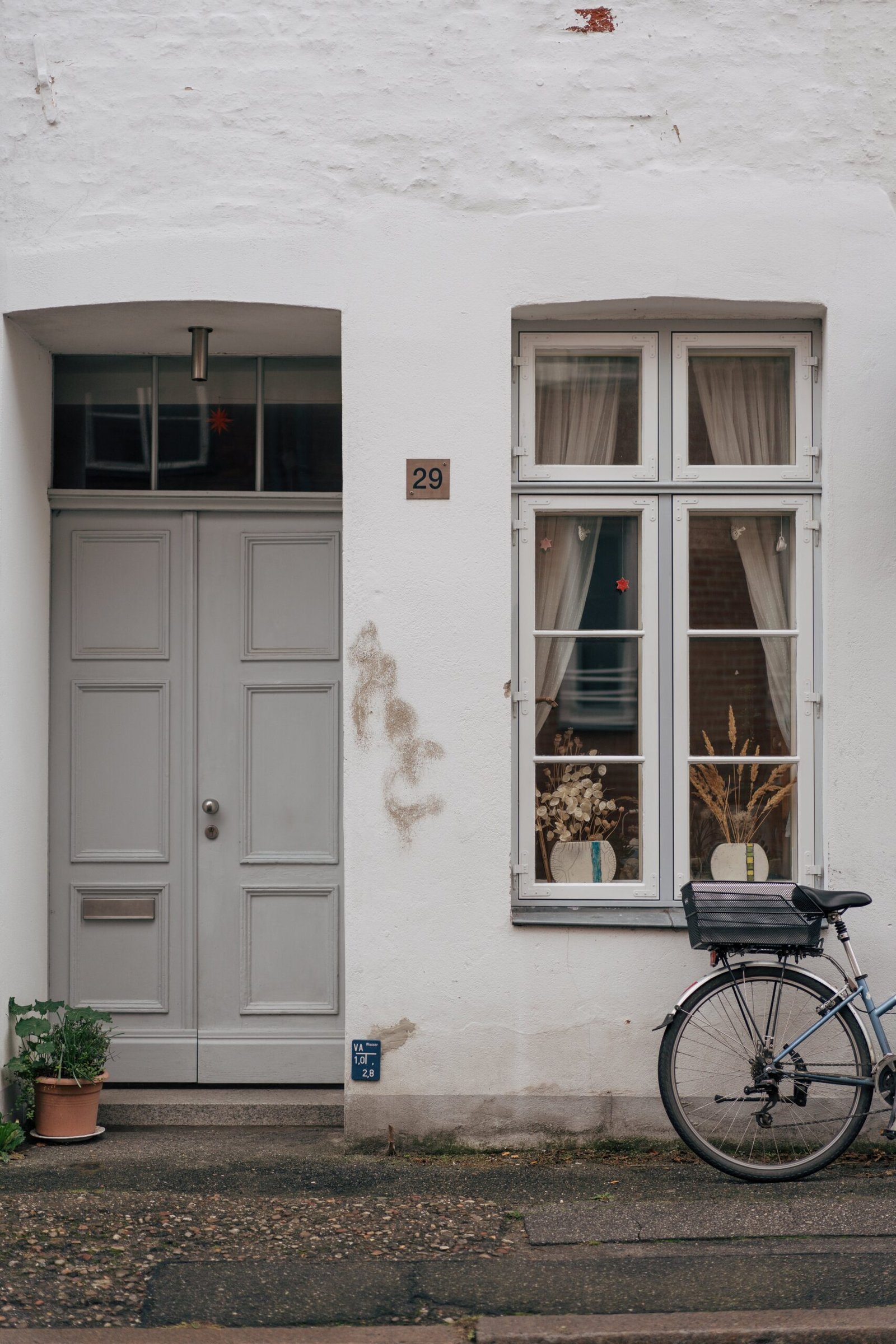
Watering and Irrigation
Proper watering is crucial for the health and growth of your container plants. Determine the watering needs of your plants by considering their individual requirements. Some plants prefer consistently moist soil, while others prefer to dry out slightly between waterings. Observe your plants closely and adjust your watering practices accordingly.
Apply proper irrigation techniques to ensure that water reaches the roots of your plants. Water deeply and thoroughly, allowing the water to penetrate through the soil. Avoid shallow watering, as this can lead to the development of shallow root systems.
Consider using mulch to help retain moisture in your containers. Organic mulches, such as shredded leaves or straw, can help reduce evaporation and maintain a more stable soil temperature. Apply a layer of mulch around the base of your plants, being careful to avoid covering the stems or crowns.
It’s crucial to avoid overwatering your container plants, as this can lead to root rot and other moisture-related problems. Allow the top inch of soil to dry out slightly between waterings and adjust your watering frequency based on the weather conditions.
Fertilizing
Proper fertilization is essential for providing your container plants with the necessary nutrients for healthy growth. Understand the nutritional needs of your plants by considering their specific requirements. Different plants have varying nutrient requirements, and it’s important to choose fertilizers that provide the right balance of nutrients.
Choose appropriate fertilizers based on the needs of your plants. There are many different types of fertilizers available, including organic and synthetic options. Organic fertilizers are derived from natural sources and are generally the preferred choice for container gardening. Synthetic fertilizers, on the other hand, are chemically formulated and provide nutrients in a readily available form.
Follow the recommended application guidelines for your chosen fertilizers. Over-fertilizing can lead to nutrient imbalances and may even harm your plants. Apply fertilizers according to the instructions on the packaging, taking care not to exceed the recommended dosage.
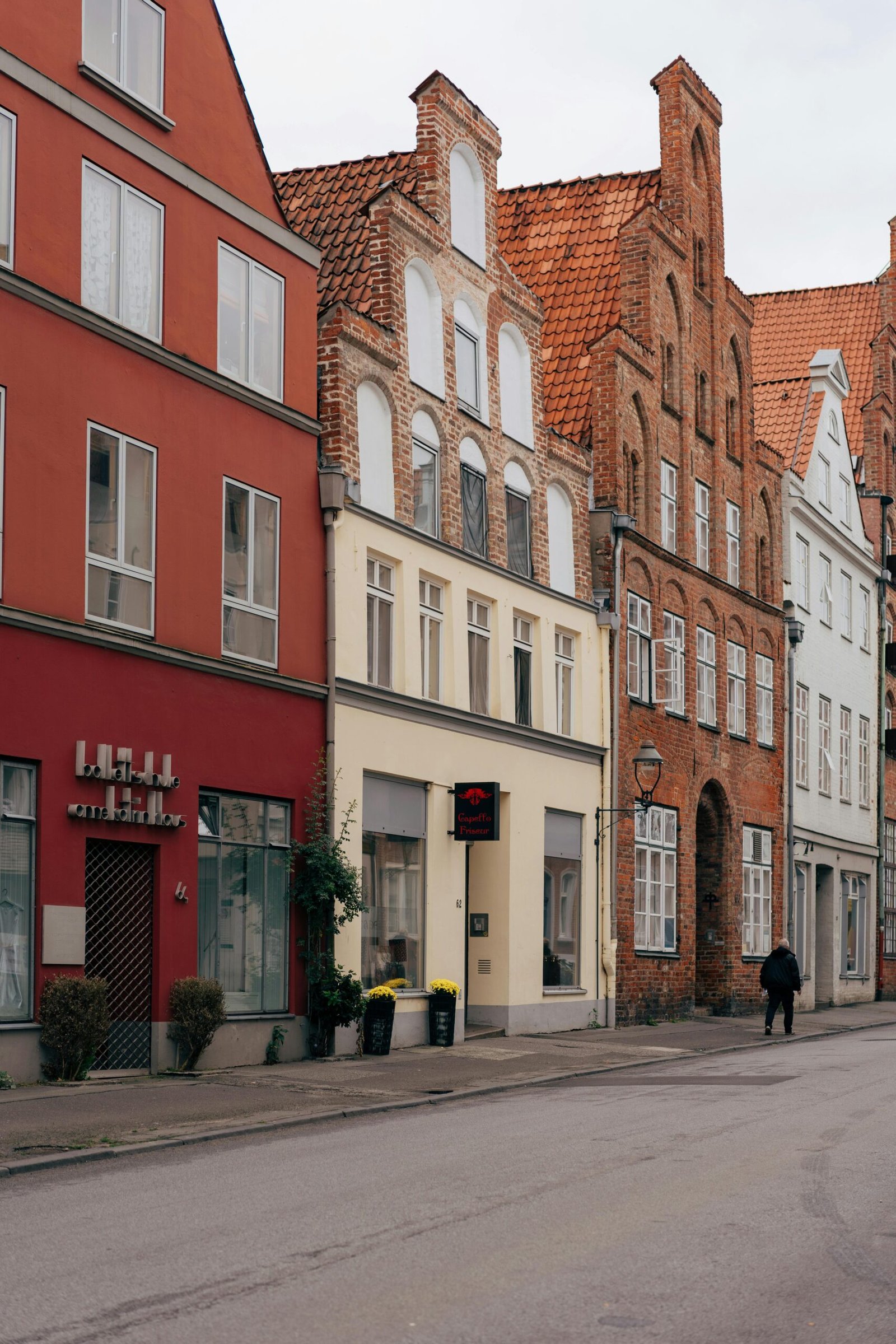
Managing Pests and Diseases
Pests and diseases can pose a challenge to container gardening in Calgary. Identify common pests in the area and learn about their specific characteristics and habits. Some common pests in Calgary include aphids, slugs, and whiteflies. Recognizing pests early can help you take the necessary measures to control their populations.
Implement integrated pest management (IPM) techniques to manage pests effectively. IPM involves a combination of preventive measures, cultural practices, and targeted treatments. Use natural pest control methods, such as hand-picking pests, introducing beneficial insects, and applying organic insecticides as a last resort.
Recognize disease symptoms in your plants and take preventive measures to minimize the risk of infections. Diseases such as powdery mildew and leaf spot can affect container plants. Ensure proper air circulation, avoid overwatering, and maintain good hygiene practices to prevent the spread of diseases.
Staking and Support
Assess the support needs of your container plants, as some varieties may require staking or trellises to prevent them from toppling over or sprawling. Monitor the growth and development of your plants and provide the necessary support structures accordingly.
Provide stakes or trellises to support tall-growing plants such as tomatoes, cucumbers, and pole beans. Secure the plants to the support structures using soft ties or plant clips. This will help keep the plants upright and prevent damage during strong winds or heavy rain.
Ensure that your support structures are sturdy and securely anchored to prevent them from collapsing under the weight of your plants. Regularly check the stakes and trellises for any signs of damage or weakness, and make repairs or replacements as needed.
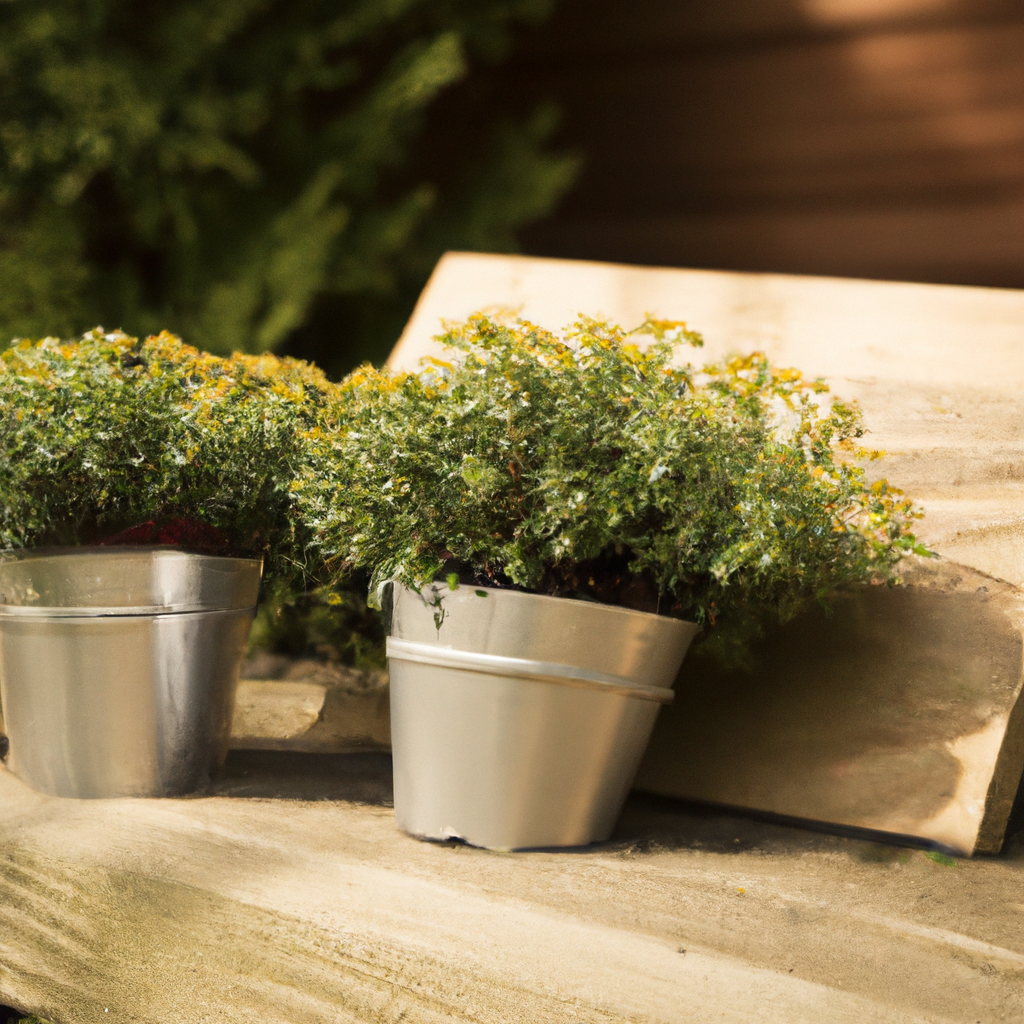
Harvesting
Knowing when to harvest your crops is essential for enjoying the fruits of your labor. Different plants have different harvesting times, so familiarize yourself with the specific requirements of each variety you’re growing. Harvesting too early or too late can affect the flavor and quality of your produce.
Learn the proper harvesting techniques for each crop. Some crops, such as leafy greens, can be harvested by simply removing individual leaves as needed. Others, like tomatoes or peppers, should be harvested when fully ripe and easily detach from the plant.
After harvesting, handle your produce gently to prevent bruising or damage. Remove any damaged or diseased parts to avoid spreading diseases or attracting pests. Store your harvest properly to maximize freshness and increase their shelf life.
Seasonal Considerations
Calgary experiences distinct seasons, and each season requires different gardening practices. In spring, focus on planting cool-season crops and preparing your containers for the growing season. Summer maintenance involves regular watering, fertilizer application, and pest control. In the fall, clean up your containers and remove spent plants. Winter care involves protecting your containers from freezing temperatures and ensuring adequate insulation for the plants.
Container gardening in Calgary can be a rewarding and enjoyable experience. By following these guidelines and dedicating time and care to your container plants, you can create a thriving garden that will bring beauty and fresh produce to your outdoor spaces. Remember to adapt your practices to the unique climate and conditions of Calgary to ensure success in your garden. Happy gardening!
